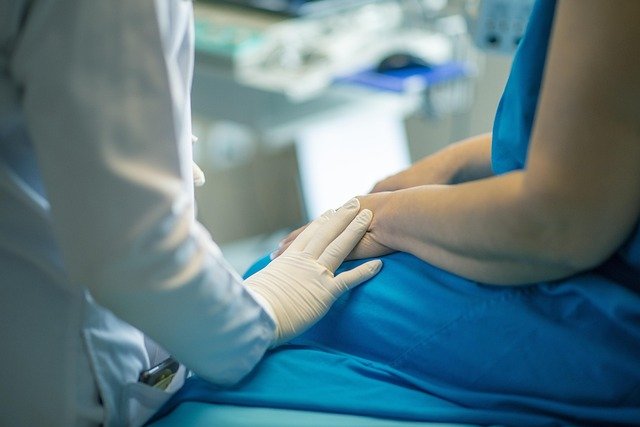Sinus Infection Treatment: Options, Procedures, and Recovery
Sinus infections (sinusitis) range from short-lived viral illnesses to longer bacterial or chronic inflammatory conditions that affect the sinuses and nasal passages. Treatment depends on cause, severity, and prior response to therapy; options include medical management, in-office procedures such as balloon sinuplasty, and surgical approaches for persistent or complicated cases. Understanding risks, benefits, and recovery helps set realistic expectations for each step.

This article is for informational purposes only and should not be considered medical advice. Please consult a qualified healthcare professional for personalized guidance and treatment.
Medical evaluation: When to seek care?
A medical evaluation begins with a history and physical exam, often performed by a primary care clinician or an ENT (otolaryngologist). Clinicians assess symptom duration, fever, facial pain, nasal discharge, and prior treatments. They may use nasal endoscopy or order imaging such as a CT scan when symptoms are severe, recurrent, or when complications are suspected. Cultures or allergy testing can clarify contributing factors. Early evaluation is important when symptoms persist beyond 10–14 days, worsen after initial improvement, or are associated with high fever or vision changes.
Sinus infection: Common symptoms and causes
Sinus infections commonly present with nasal congestion, thick nasal discharge, facial pressure or pain, reduced sense of smell, and cough. Causes include viral upper respiratory infections (most common), bacterial superinfection, allergies, structural nasal issues (like a deviated septum), or immune dysfunction. Chronic sinusitis is typically defined by symptoms lasting three months or longer and often involves ongoing inflammation rather than active infection. Identifying underlying triggers — infections, allergies, or anatomic factors — guides targeted treatment plans.
Balloon treatment: How balloon sinuplasty works
Balloon sinuplasty is a less invasive, endoscopic technique that uses a small inflatable balloon to dilate blocked sinus drainage pathways. The surgeon guides a wire and catheter into the sinus opening, then inflates the balloon to widen the passage, improving drainage and ventilation. Balloon procedures preserve surrounding bone and tissue compared with more extensive tissue removal. They may be done in-office or in an ambulatory surgical setting under local or general anesthesia, depending on patient preference and clinical complexity. Balloon sinuplasty is typically considered for certain patients with chronic sinusitis who have obstructive anatomy but without extensive polyps or fungal disease.
Surgery options: When is surgery considered?
Surgery is considered when conservative medical therapy and in-office procedures fail to provide durable relief, or when anatomic issues, nasal polyps, recurrent infections, or complications exist. Functional endoscopic sinus surgery (FESS) is the most common approach; it removes or repositions obstructing tissue, clears diseased sinuses, and restores normal drainage pathways. In complex cases, surgeons may combine FESS with septoplasty, turbinate reduction, or polypectomy. Surgical planning usually relies on imaging and endoscopic findings, and shared decision-making addresses expected outcomes, risks, and recovery timelines.
Procedure risks and recovery expectations
All sinus procedures carry potential risks: bleeding, infection, scarring, change in sense of smell, or, rarely, injury to nearby structures. Recovery after balloon sinuplasty is often quicker than after more extensive surgery — many patients experience reduced congestion within days and resume normal activities in a few days to a week. Recovery from FESS can involve a longer course of nasal irrigation, short-term pain or pressure, and periodic follow-ups for nasal debridement. Post-procedure care typically includes saline irrigations, topical or oral medications, and avoidance of activities that increase sinus pressure until healing progresses.
Conclusion
Treatment for sinus infections spans from medical therapies and conservative care to in-office procedures like balloon sinuplasty and more extensive surgical interventions when warranted. Decisions should be individualized based on symptom duration, underlying causes, imaging, and patient priorities. Discussing realistic outcomes, recovery expectations, and potential risks with a qualified ENT or primary care clinician helps align treatment choices with health goals.






